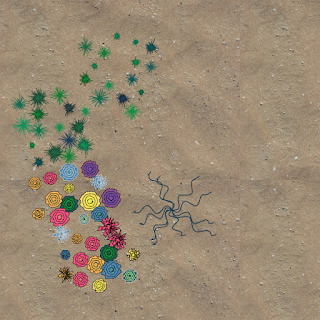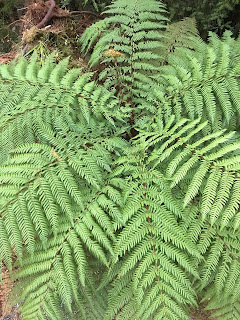I seriously know better but I do it too...

I have a renewed sympathy for my students (especially in cpe 476) when merging various pieces of code... I decided to merge all my plant growth algorithms into one code base with an animation event system, unified spatial data structure, poisson sampling throughout and 'camera' in 2D to allow for a larger world then currently in view... and I did it all at once and not surprisingly ended up with an intimidating bug list that put me off being productive for too long. I admit this here mostly to continue to remind myself to be sympathetic to students. For me, one of the pleasures of coding is how fast you can make 'something'. When coding, it is easy to get greedy and want to add many features at once, but like any creation, this is not necessarily the best approach. For me the worst part is an overly long bug list... it is hard to be productive when the list of 'to-dos' is really long. I have seen this in action in cpe 476 so many times... teams that are...


